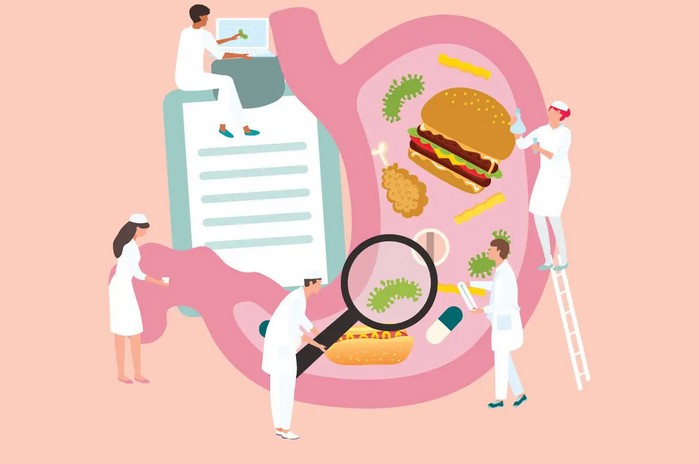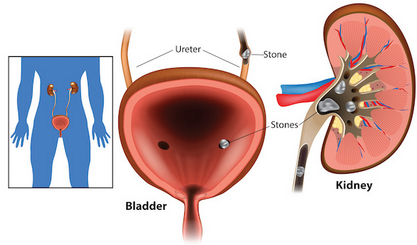
Osteoporosis is a condition that causes bones to become weak and fragile, increasing the risk of fractures, particularly in the hips, spine, and wrists. This condition often progresses silently, without noticeable symptoms, until a fracture occurs. As the population ages, the importance of understanding how to prevent osteoporosis becomes more critical. The good news is that osteoporosis is largely preventable through lifestyle choices, diet, exercise, and appropriate medical care. By taking proactive steps at any stage of life, individuals can build strong bones and significantly reduce the risk of developing osteoporosis in the future.
In this article, we will explore the key strategies for preventing osteoporosis. By focusing on the right nutrition, regular physical activity, and other essential habits, you can safeguard your bone health and enjoy a stronger, more active life.
1. Prioritize Bone-Boosting Nutrition
The foundation of healthy bones lies in the nutrients you consume. Your body requires a variety of vitamins and minerals to maintain bone density and strength. The most important of these are calcium and vitamin D, as well as other key nutrients like magnesium and vitamin K.
Calcium: The Building Block of Strong Bones
Calcium is a mineral essential for maintaining healthy bones. It is the primary building block of bone tissue and helps ensure bones remain strong and resilient. Most adults need about 1,000 mg of calcium per day, increasing to 1,200 mg for women over 50 and men over 70. Dairy products like milk, yogurt, and cheese are rich sources of calcium. For those who are lactose intolerant or prefer plant-based options, foods like fortified plant milk, leafy green vegetables, almonds, and tofu can help meet calcium needs.
Vitamin D: The Partner in Calcium Absorption
Vitamin D plays a crucial role in bone health by helping the body absorb calcium efficiently. Without adequate vitamin D, calcium intake is less effective, which can lead to weak bones and increase the risk of osteoporosis. Sunlight is the best natural source of vitamin D, but it can also be obtained through fortified foods and supplements. Aim for about 600 IU per day for adults under 70 and 800 IU for those over 70. Foods such as fatty fish, egg yolks, and fortified cereals are good sources of vitamin D.
Magnesium and Vitamin K: Supportive Nutrients for Bone Strength
Magnesium helps convert vitamin D into its active form, which is essential for calcium absorption. Good sources of magnesium include whole grains, nuts, seeds, and leafy greens. Vitamin K is also important for bone health, as it supports bone mineralization. Leafy vegetables like kale and spinach, as well as broccoli, are rich in vitamin K.
2. Engage in Weight-Bearing and Strengthening Exercises
Exercise is one of the most effective ways to prevent osteoporosis, as it helps build and maintain bone density. Weight-bearing exercises, which involve activities that force you to work against gravity, are particularly beneficial for bone health. Strength training exercises can also increase muscle mass, which helps improve balance and prevent falls—another key factor in preventing fractures related to osteoporosis.
Weight-Bearing Exercises for Bone Strength
Weight-bearing exercises include activities such as walking, jogging, dancing, and hiking. These exercises stimulate the bones and help build bone mass by putting pressure on the skeletal system. Aim for at least 30 minutes of moderate-intensity weight-bearing exercise most days of the week.
Strength Training to Support Bone Density
Strength training, or resistance exercises, also plays a vital role in building bone density. Using weights, resistance bands, or bodyweight exercises like squats, lunges, and push-ups can help stimulate bone growth and strengthen muscles. This type of exercise should be done at least two to three times a week to be effective.
Balance and Flexibility Exercises
In addition to weight-bearing and strength exercises, balance and flexibility exercises are essential for reducing the risk of falls and fractures. Activities like yoga and tai chi help improve balance, coordination, and flexibility, which can help prevent accidents that may result in broken bones.
3. Avoid Risk Factors and Create Healthy Habits
In addition to diet and exercise, other factors contribute to osteoporosis prevention. Avoiding smoking, limiting alcohol intake, and maintaining a healthy weight are important for preserving bone health throughout life.
Don’t Smoke
Smoking is detrimental to bone health as it reduces the blood supply to the bones, interferes with calcium absorption, and may impair the function of bone-forming cells. Smokers have a higher risk of fractures and osteoporosis. If you smoke, quitting is one of the best things you can do for your bone health.
Limit Alcohol Consumption
Excessive alcohol consumption can interfere with bone health by affecting calcium absorption and bone formation. Drinking in moderation—no more than one drink per day for women and two drinks per day for men—can help maintain bone density. If you drink heavily, consider reducing your intake to protect your bones.
Maintain a Healthy Weight
Being underweight increases the risk of bone loss, while being overweight can put excess strain on the bones. Maintaining a healthy weight through a balanced diet and regular exercise helps ensure that your bones are not overburdened and can continue to stay strong as you age.
Preventing osteoporosis is possible by incorporating simple yet powerful lifestyle changes, such as prioritizing bone-boosting nutrition, staying active with regular weight-bearing and strength exercises, and avoiding known risk factors like smoking and excessive alcohol consumption. By learning how to prevent osteoporosis early on and adopting healthy habits throughout life, individuals can protect their bones, improve their overall health, and significantly reduce the risk of fractures. Remember, bone health is a lifelong commitment, and by taking the right steps today, you can build strong bones for life.








 Kidney stones are a common and painful condition that affects millions of people worldwide. These hard mineral deposits form in the kidneys and can lead to severe discomfort when they move through the urinary tract. Understanding how to prevent kidney stones is crucial for maintaining optimal kidney health and avoiding complications. By adopting healthy habits and making informed choices, you can significantly reduce your risk of developing kidney stones.
Kidney stones are a common and painful condition that affects millions of people worldwide. These hard mineral deposits form in the kidneys and can lead to severe discomfort when they move through the urinary tract. Understanding how to prevent kidney stones is crucial for maintaining optimal kidney health and avoiding complications. By adopting healthy habits and making informed choices, you can significantly reduce your risk of developing kidney stones.


